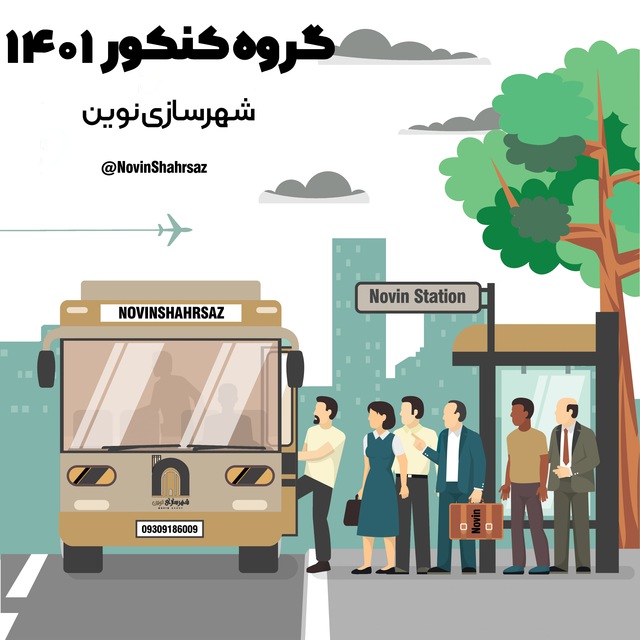Answer to test number 136 #shared
Correct Answer ; Option 1, A History of City Form , James Morris, pp. 11-14
From the time of the first appearance of man until the beginning of the Neolithic era, he lived like other animals and fed by collecting natural foods such as berries, fruits, roots and seeds. His social unit was the family, but his community was necessarily mobile and moved to access new food sources. Until about 140,000 BC, there was no stable physical unit. As the Ice Age approached, man was equipped to save himself and other domesticated animals from extinction and take refuge in caves. This is where we see the first real dwellings. However, the sustainability of these settlements depended on the continued availability of food in the vicinity of the settlements. About 8,000 to 10,000 years ago, humans began to produce food by regularly growing certain types of plants. The escape from the dead end of savagery was an economic and scientific revolution that brought man out of the parasitic state of nature and made him an active member. This Neolithic agricultural revolution made surplus food production the basis of livelihood and the social unit expanded to the level of the tribe. The ideal situation for the agricultural revolution began in the southern and eastern Mediterranean around a place called the Fertile Crescent. Professor Child believes that the production of surplus food was an integral part of the Neolithic economy, which required the development of applied sciences and the reform of social and economic relations. The urban revolution and emergence occurred in the Bronze Age and was first realized in Mesopotamia.
Link to the New Urban Planning Exam Group
https://t.me/joinchat/BX65PT9skNNRwfQtVbl0nw
This post is written by Mah_rashidii
